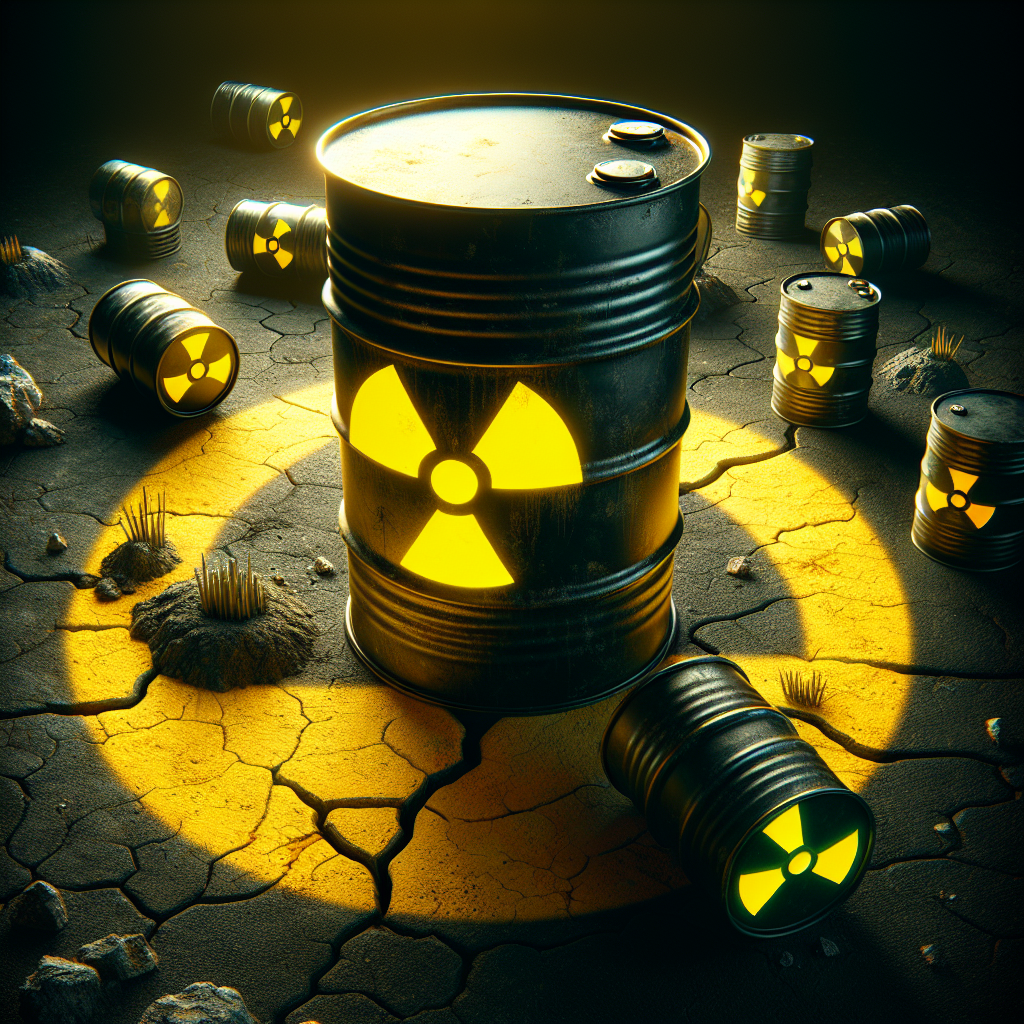Toxic Legacy: The 43,000-Ton Radioactive Threat Hidden in Missouri's Soil
The West Lake Landfill in Bridgeton, Missouri, holds 43,000 tons of radioactive waste from the Manhattan Project. Declared highly contaminated by the EPA in 1990, its toxic history became widely known in 2012 due to underground fires. Despite community outrage and health concerns, the cleanup remains delayed.

The West Lake Landfill in Bridgeton, Missouri, houses 43,000 tons of radioactive waste from the Manhattan Project. Designated as highly contaminated by the EPA in 1990, it wasn't until 2012 that its hazardous presence overtook public attention due to underground fires. The resulting stench and threats of a nuclear catastrophe sent nearby residents into a frenzy, prompting evacuations and mobilization for cleanup efforts.
Concerns escalated when activists spotlighted cancer cases in the area, pressuring Republic Services, the landfill's owner, to take action. Despite these efforts and a 2017 HBO documentary highlighting their cause, Republic has continually used a 2015 ATSDR report to argue for a less thorough and cheaper cleanup. The government has yet to provide a timeline for the remediation process.
West Lake Landfill's saga underscores a broader issue where federal agencies, intended to protect public health, often downplay environmental hazards, allowing corporations to evade extensive cleanups and associated costs. This case exemplifies the need for rigorous and independent environmental health assessments to safeguard community health.
(With inputs from agencies.)










